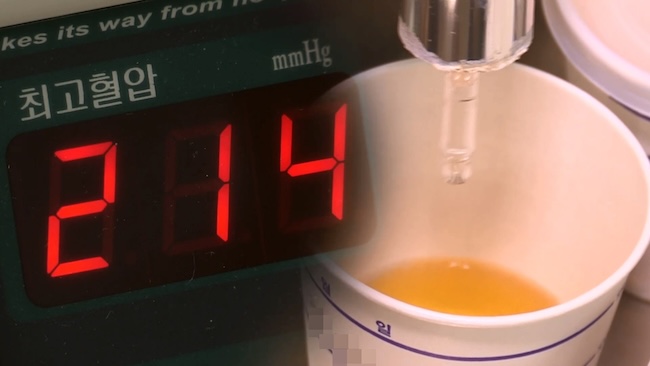
A new study from South Korea has uncovered a disturbing link between diabetes, economic hardship, and suicide risk. (Image courtesy of Yonhap)
SEOUL, Oct. 9 (Korea Bizwire) – A new study from South Korea has uncovered a disturbing link between diabetes, economic hardship, and suicide risk, highlighting the urgent need for social attention and practical support for vulnerable patients.
The Korean Diabetes Association (KDA) reported on October 8 that low-income individuals with diabetes face a suicide risk 4.34 times higher than that of high-income individuals without diabetes.
This stark finding emerges from an analysis of the relationship between socioeconomic status and suicide among diabetic patients, based on data from the National Health Insurance Service.
The study, which examined 3,439,170 individuals aged 30-64 who underwent national health screenings between 2012 and 2022, categorized participants into four income quartiles based on their health insurance premiums.
The results showed that regardless of diabetic status, lower income correlated with higher suicide rates.
However, the presence of diabetes significantly amplified this risk. Among the highest income quartile, diabetics had a 1.25 times higher suicide risk compared to non-diabetics. This disparity widened dramatically as income levels decreased.
Particularly alarming was the finding that diabetic patients receiving medical aid faced a suicide risk 4.34 times higher than high-income individuals without diabetes.
The duration of financial hardship also played a crucial role. Diabetics who remained in the bottom 25% income bracket for five consecutive years faced double the suicide risk of non-diabetics who had never experienced low-income status.
Income volatility emerged as another significant factor. Those experiencing the highest income fluctuations showed a 1.89 times higher suicide risk compared to non-diabetics, while those with stable incomes faced a 1.21 times higher risk.
Even when analyzing diabetic patients alone, the correlation between income level and suicide risk remained stark. Diabetic medical aid recipients showed a 3.48 times higher suicide risk compared to diabetics in the highest income quartile.
Cha Bong-soo, chairman of the KDA and professor of endocrinology at Yonsei University’s Severance Hospital, explained, “The long-term struggle with diabetes can lead to difficulties in workplace life, job loss, and career interruptions, resulting in economic poverty.”
He added that depression stemming from low income can cause family discord and weaken family bonds, potentially leading to suicide.
The KDA emphasized the urgent need for policy measures to identify and support people with diabetes at high risk of suicide due to financial struggles.
“As diabetics age, their medical expenses can snowball due to complications,” Cha noted. He urged the government to closely examine not only the economic difficulties faced by people with diabetes but also their mental health challenges.
M. H. Lee (mhlee@koreabizwire.com)






